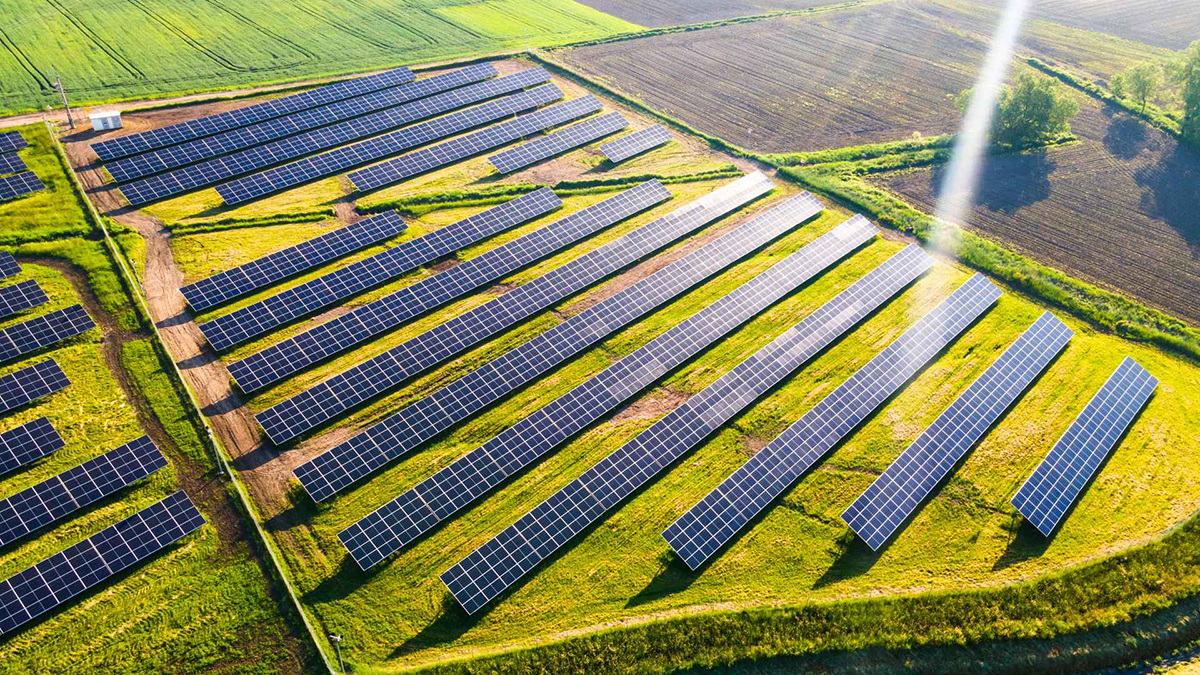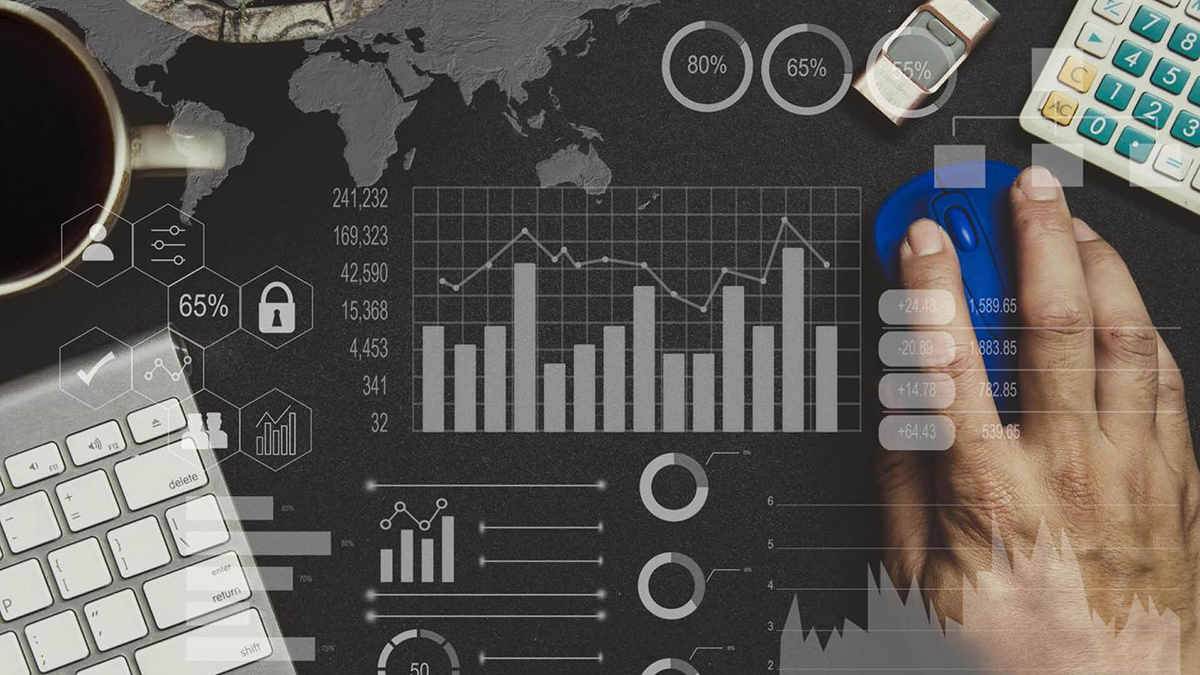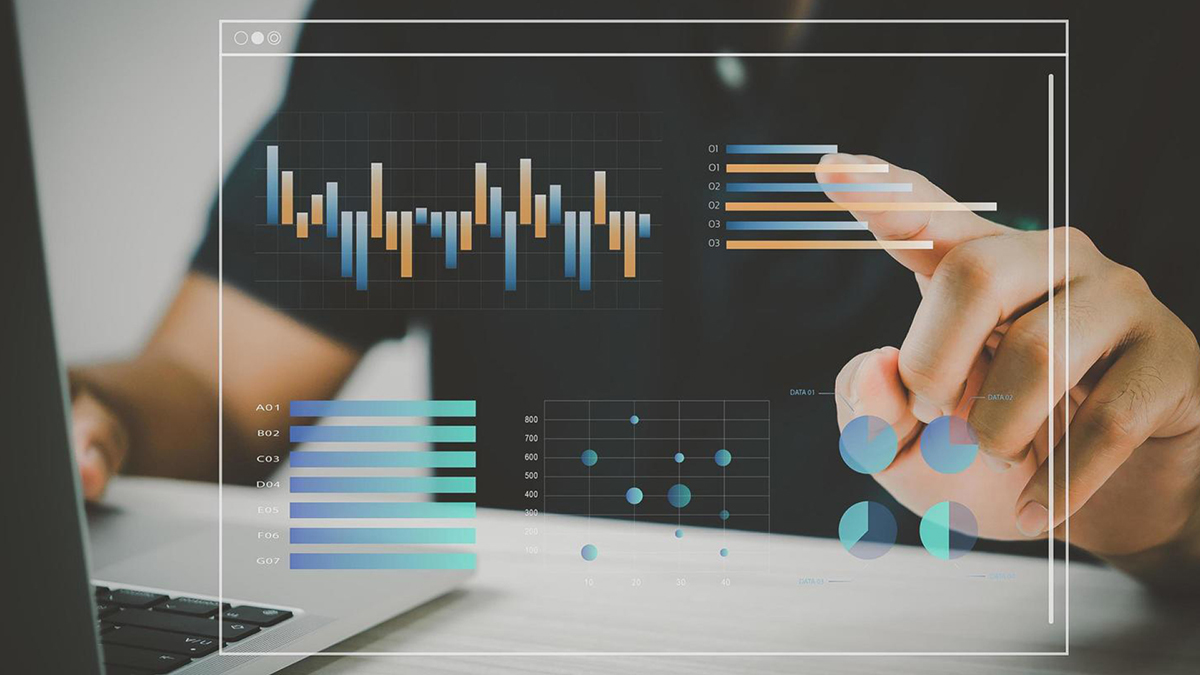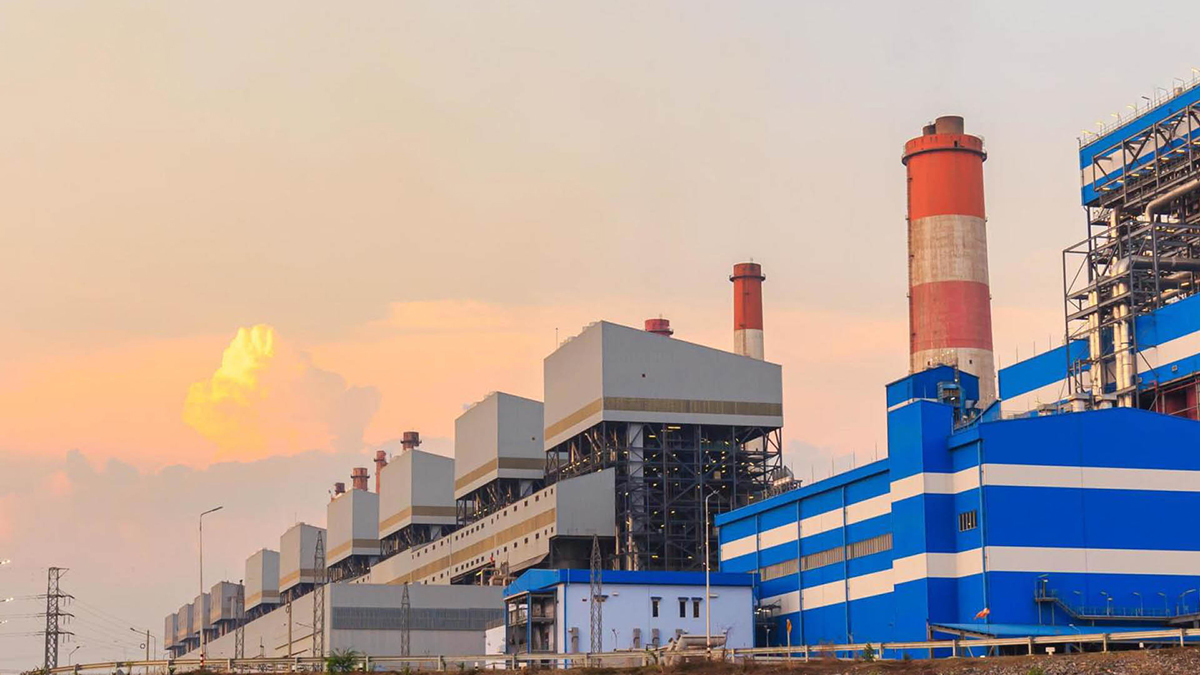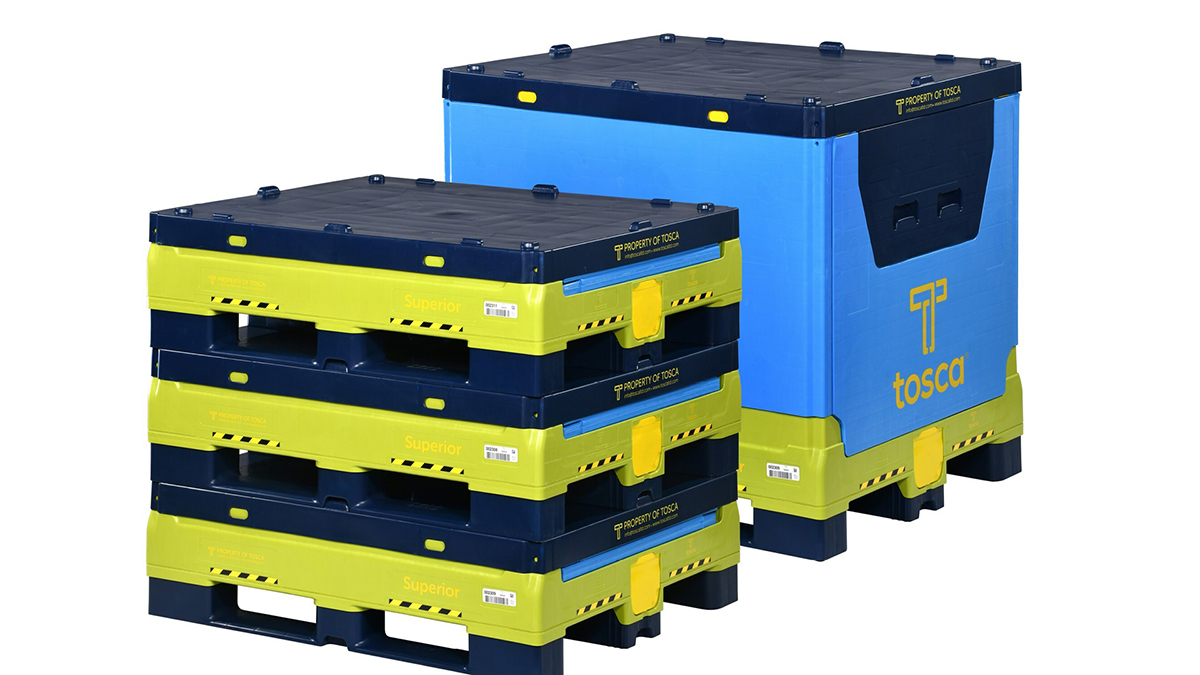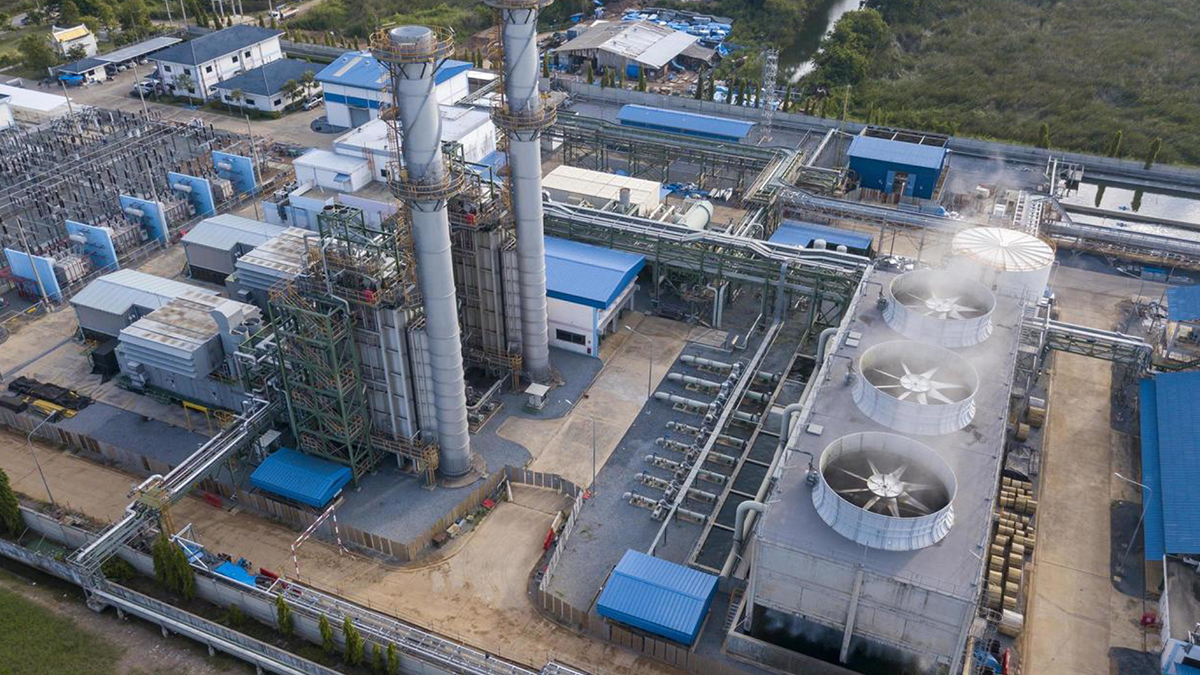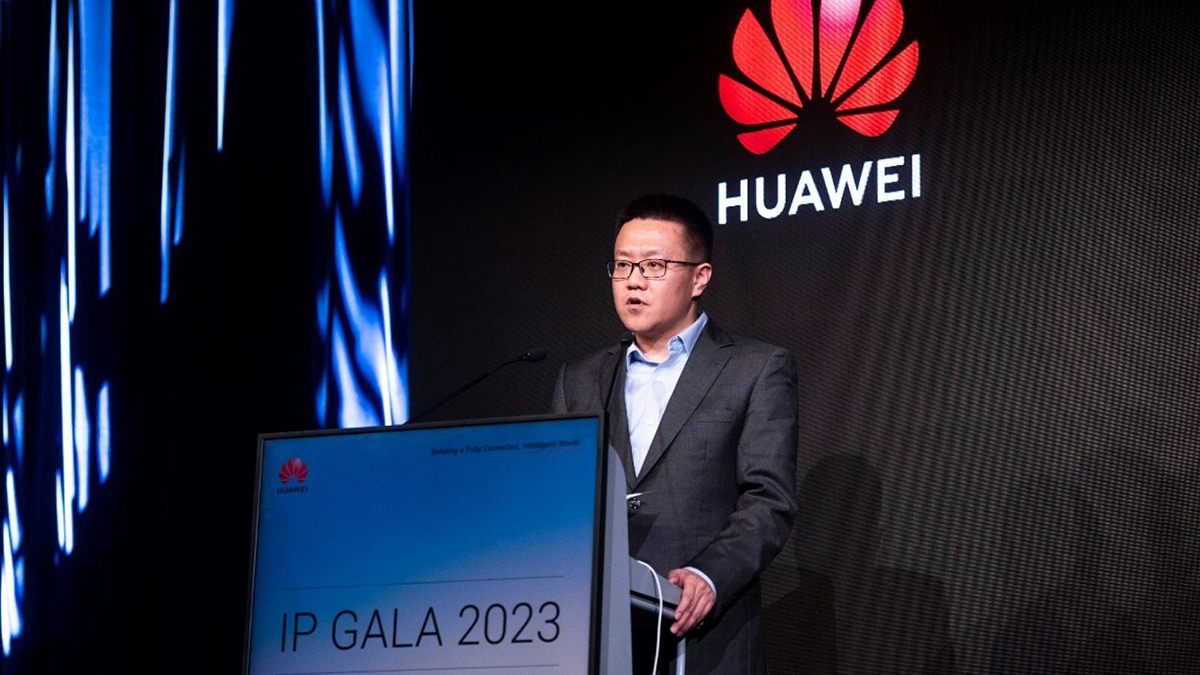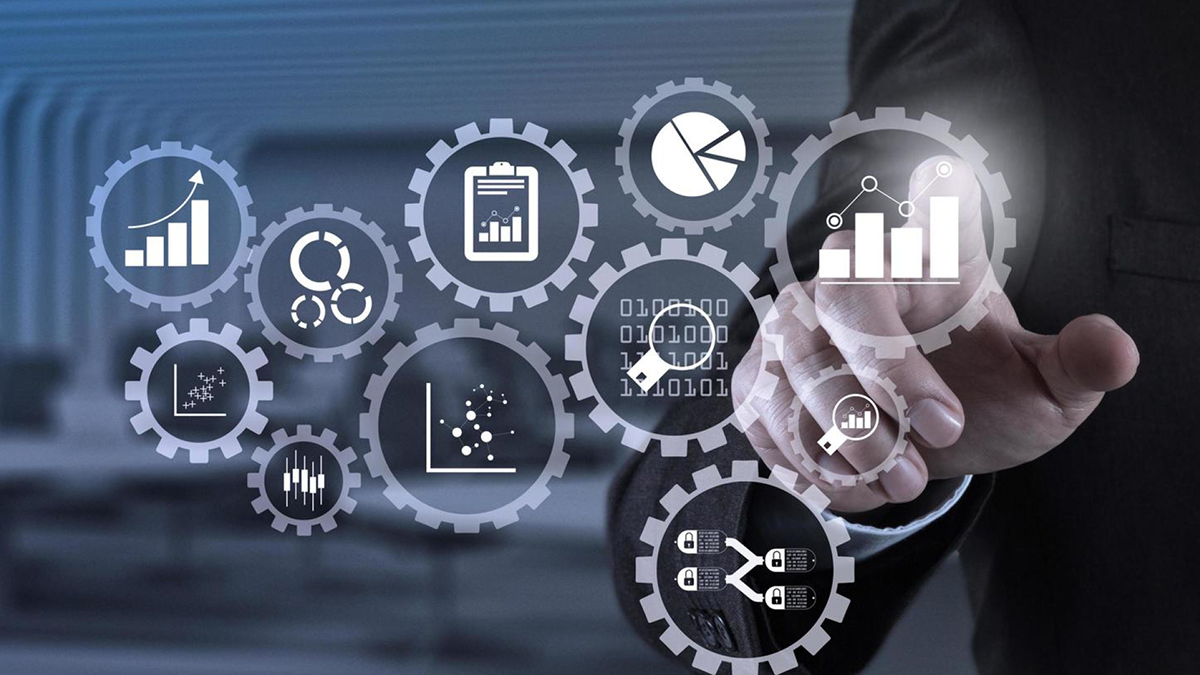
The global data preparation industry size stood at USD 20.89 billion in 2021 and will depict a CAGR of 17% from 2022 through 2030, according to the “Data Preparation Industry Data Book, 2023 – 2030,” published by Grand View Research. With machine learning technologies, analytics, data and big data going mainstream, data-powered organizations are expected to invest in data collection, labeling and integration. Industry players are banking on robust data preparation to limit errors, boost data analysis, produce top-notch data, enhance user accessibility and foster decision-making.
Enterprises of all sizes have exhibited a profound inclination for cloud data preparation for increased scalability, innovation and RoI and reduced costs. Similarly, data collection and labeling have witnessed investment galore with the rising footprint of AI and big data across the e-commerce sector. An unprecedented spike in online business has underscored the significance of the collection and labeling services. Data annotation or tagging has emerged as a promising data preparation process to automate decision-making and explore business potentials across industry verticals, including automotive and healthcare.
The healthcare industry will likely be the major end-user with surging demand for MRI, CT scans and X-rays. An influx of healthcare and fitness apps has prompted forward-looking companies to inject funds into personalized treatment and medications. Data annotation has reshaped the healthcare sector through the advancement in the quality of care, and patient experience while lowering the cost. The global data collection and the labeling market size garnered USD 1.67 billion in 2021 and will witness an upward growth trajectory in the near term.
Order your copy of the Free Sample of “Data Preparation Industry Data Book – Data Collection and Labelling, Data Labelling Solutions and Services & Data Integration Market Size, Share, Trends Analysis, And Segment Forecasts, 2023 – 2030” Data Book, published by Grand View Research
Stakeholders have upped investments in data integration following the boost in big data analytics across business verticals. Real-time data integration and 5G have helped enterprises serve customers globally with various time zones and locations. Data integration is likely to be sought to enhance customer experience, bolster decision-making, streamline operations, augment productivity and forecast the future. It will enable organizations to offer businesses with a real-time view of business performance. The global data integration market size stood at USD 10.53 billion in 2021 and could witness an 11.9% CAGR between 2022 and 2030.
Industry dynamics that are likely to have a notable influence on the global outlook are delineated below:
- Data labeling solutions and services will gain ground in the automotive sector with the notable trend for autonomous vehicles.
- Organizations will explore opportunities to ramp up revenue, assess their products and services and protect their business.
- The Asia Pacific market will provide lucrative opportunities in the wake of the demand for smart solutions to propel decision-making. Reiteratively, state-of-the-art technologies, including machine learning, AI and big data, have witnessed profound investments across the e-commerce, automotive and IT industries.
Incumbent players envisage North America data preparation industry share to be pronounced with the expanding footfall of AI-powered data labeling solutions. An unprecedented uptick in data has spurred the penetration of cloud services, prompting governments and forward-looking companies to underscore their portfolios. The U.S. has upped investment in data collection activities for the STEM workforce and Privacy-preserving data sharing and analytics (PPDSA) solutions. In October 2022, the Office of Science and Technology Policy (OSTP) unveiled the Blueprint for an AI Bill of Rights to guide the principles overseeing the use, design and deployment of automated systems, such as data collection, data privacy and data use. Additionally, stakeholders expect governments to augment their investments in surveillance and facial recognition technologies, a trend likely to accentuate regional growth.
The competitive scenario is such that well-established and emerging players could inject funds into organic and inorganic strategies to tap into the global market. To put this in perspective, mergers & acquisitions, product offerings, innovation, R&D activities, collaboration, geographical expansion and technological advancements will engineer the industry growth. To illustrate, in March 2022, Appen Limited established a commercial partnership agreement with Mindtech to pour funds into emerging training data sources.























